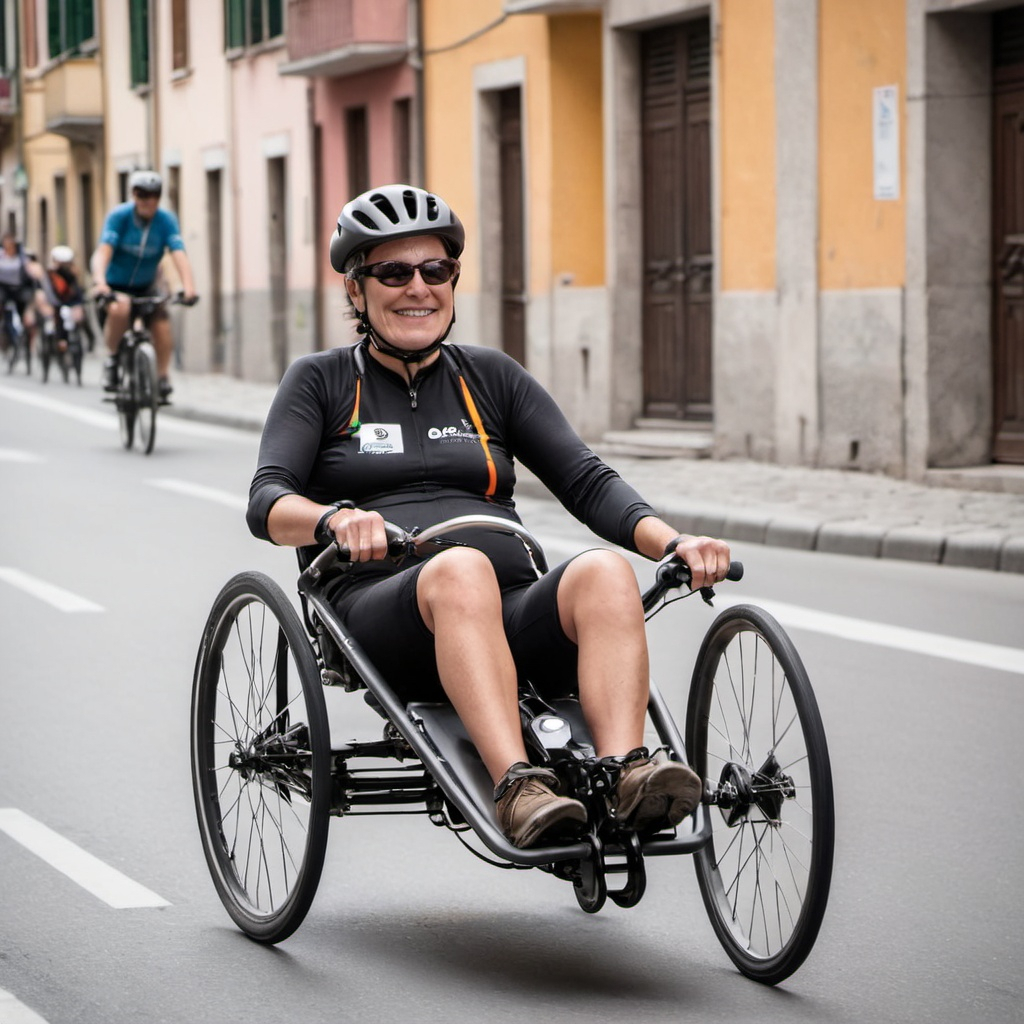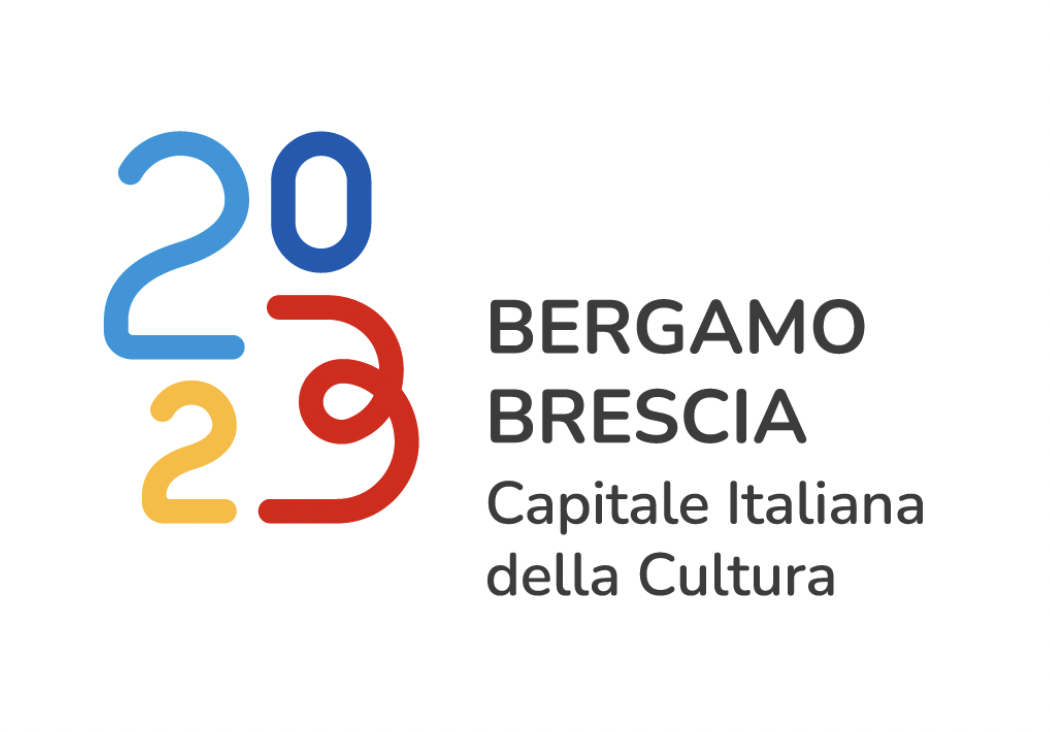STAI Project – Services for Accessible and Inclusive Tourism
Features and Potential Users
Bergamo Brescia, Italian Capital of Culture 2023, aims to make the main route of the Bergamo Brescia Cultural Cycle Path (76 km) accessible to people with reduced mobility, as well as the connections to the two train stations in Bergamo (0.5 km) and Brescia (2.4 km), and the path around the Venetian walls of Bergamo Alta (1.8 km), for a total of 82.7 km.
The cultural cycle path route, its artworks, and signage are designed for cyclists, with a focus on cycle tourism and cyclists interested in visiting cultural sites and landscapes. Within the cultural cycle path project, elements have already been included to address the needs of individuals with reduced abilities, particularly through securing many intersections and providing informative signage with easy readability, including QR codes linking to accessibility pages on the cycle path website.
This project aims to reduce accessibility challenges for individuals with reduced mobility, envisioning potential additional users of the cultural cycle path such as electric wheelchair users and handbike users.
The two user profiles for this project have different needs requiring differentiated approaches.
Users traversing the cultural cycle path in electric wheelchairs seek an accessible route characterized by safety and comfort elements:
Separation from vehicular traffic.
Smooth transitions over level changes.
Sufficient path width for passage.
Limited inclines.
Absence of lateral slopes.
Uniform surface.
Their behavior is more directly comparable to pedestrians, particularly due to the need for separation from vehicular traffic.
Handbike users on the cultural cycle path have other needs:
Wide turning radii.
Visibility.
Wider clearances.
Their behavior is more directly comparable to cyclists, with circulation on roadways or dedicated bike lanes rather than sidewalks, although they require more space to maneuver.
Other beneficiaries of these interventions may include cyclists with trailers, who require wider circulation spaces, and cycle tourists with children who may prefer safer sections with bikes in tow on sidewalks in mixed traffic situations. Additional beneficiaries may be individuals with reduced mobility who may not be interested in traversing the cycle path but can use locally accessible segments where architectural barriers are eliminated.
To facilitate these users, the STAI project also includes the creation of an accessibility section on the cultural cycle path website, as well as the purchase and rental of electric motors for wheelchairs and electric handbikes.
Surveys and Information Processing
The project is based on three main knowledge elements: the direct survey of the main route carried out by the Freewheel association, the knowledge acquired during the planning process of the cultural cycle path, and further direct verification surveys.
The survey conducted by Freewheel over four days in late July 2023 highlighted, in the pre-project state (i.e., before construction began), all possible obstacles to the use of the main route by people using electric wheelchairs, handbikes, or needing safer routes because, for example, they want to travel with children, either independently or on a trailer.
Various problems were identified and 207 critical points or sections were marked. These critical points and sections were identified by attempting to travel the route in the safest manner, such as using sidewalks along sections where the cycle path runs on roadways in mixed traffic or with bike lanes on the roadway, or seeking alternative routes when encountering uneven surfaces or excessive slopes.
The problems encountered can be grouped into the following categories:
1. Presence of bollards that narrow the path, making it difficult for both bicycles and wheelchairs or handbikes to pass.
2. Lack of ramps between the road surface and sidewalks.
3. Intersection issues.
4. Uneven surfaces.
5. Excessive slopes.
6. Reduced turning radii.
Each critical point or section, georeferenced and illustrated with photographs in the Freewheel report, was analyzed in relation to the approved and ongoing executive project, allowing for an initial screening of issues already addressed by the executive project.
As the executive cycle path project was designed to improve safety and continuity for cycling, many of the resolved issues are related to sections to be traveled by bicycle rather than sidewalks, which are not addressed by the cycle path project.
The executive project largely resolves problems related to surface conditions, intersection safety, and the presence of obstacles (when on the cycle path), while addressing to a lesser extent issues such as excessive slopes, reduced turning radii, and the absence of ramps between road surface and sidewalks.
Following the comparison with the executive project of the cultural cycle path, the issues to be addressed were reduced to 79 points.
Therefore, after discussing with the two designers of the Bergamo and Brescia sections, issues solvable during the construction phase of the cycle path and more directly related to cycle path conditions, such as intersections and the presence of bollards, were identified, reducing the issues to be addressed by the STAI project to 79 points.
To enable an integrated reading between the technical-economic feasibility project and the surveys conducted by Freewheel, the same point codes were maintained even though they are not consecutive.
You can find the dossier here (in Italian)


